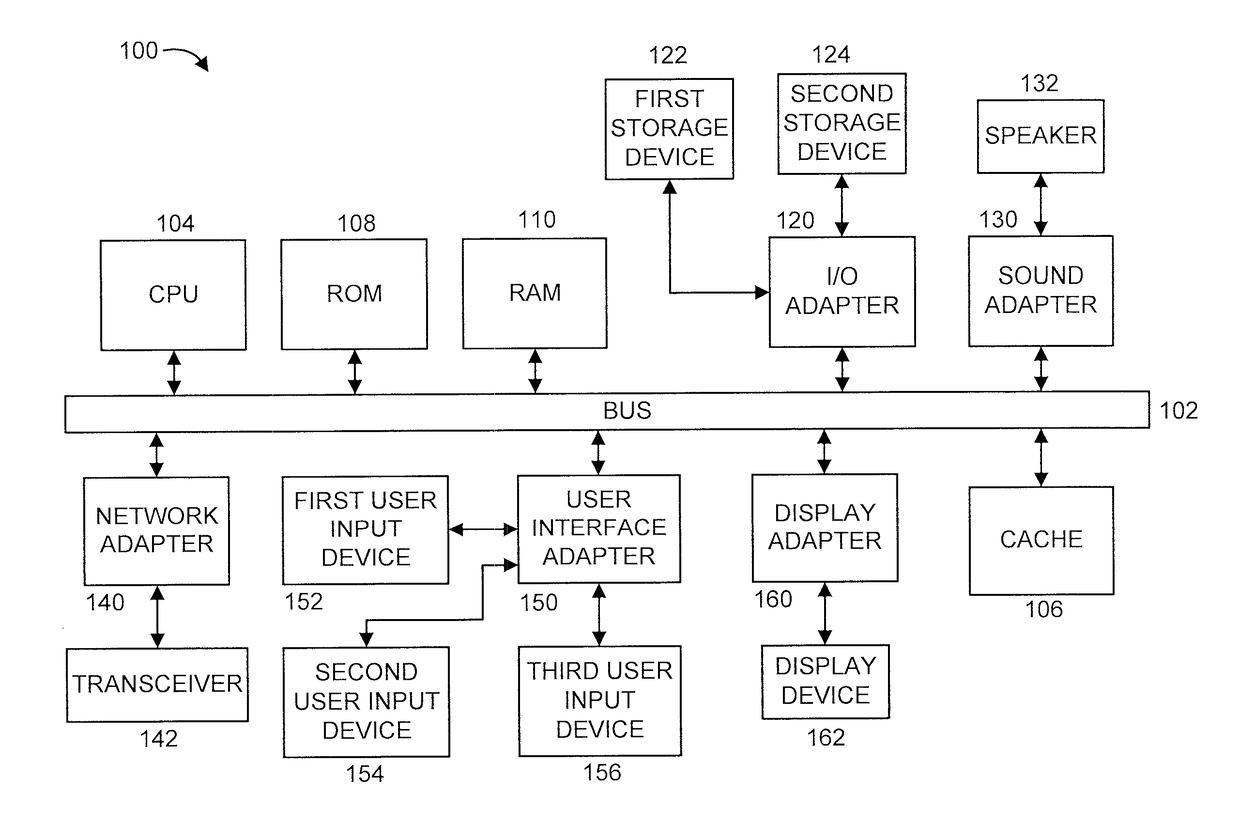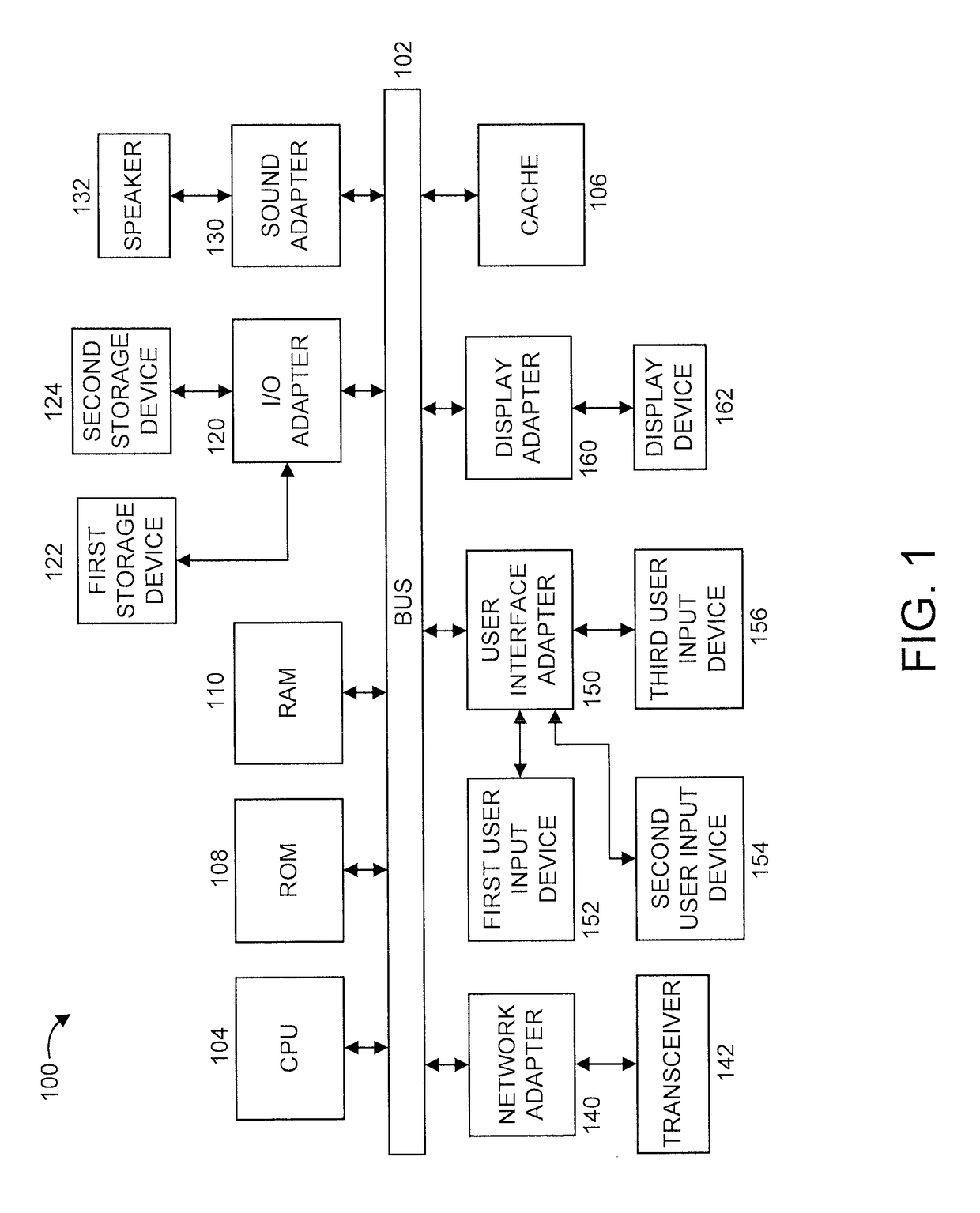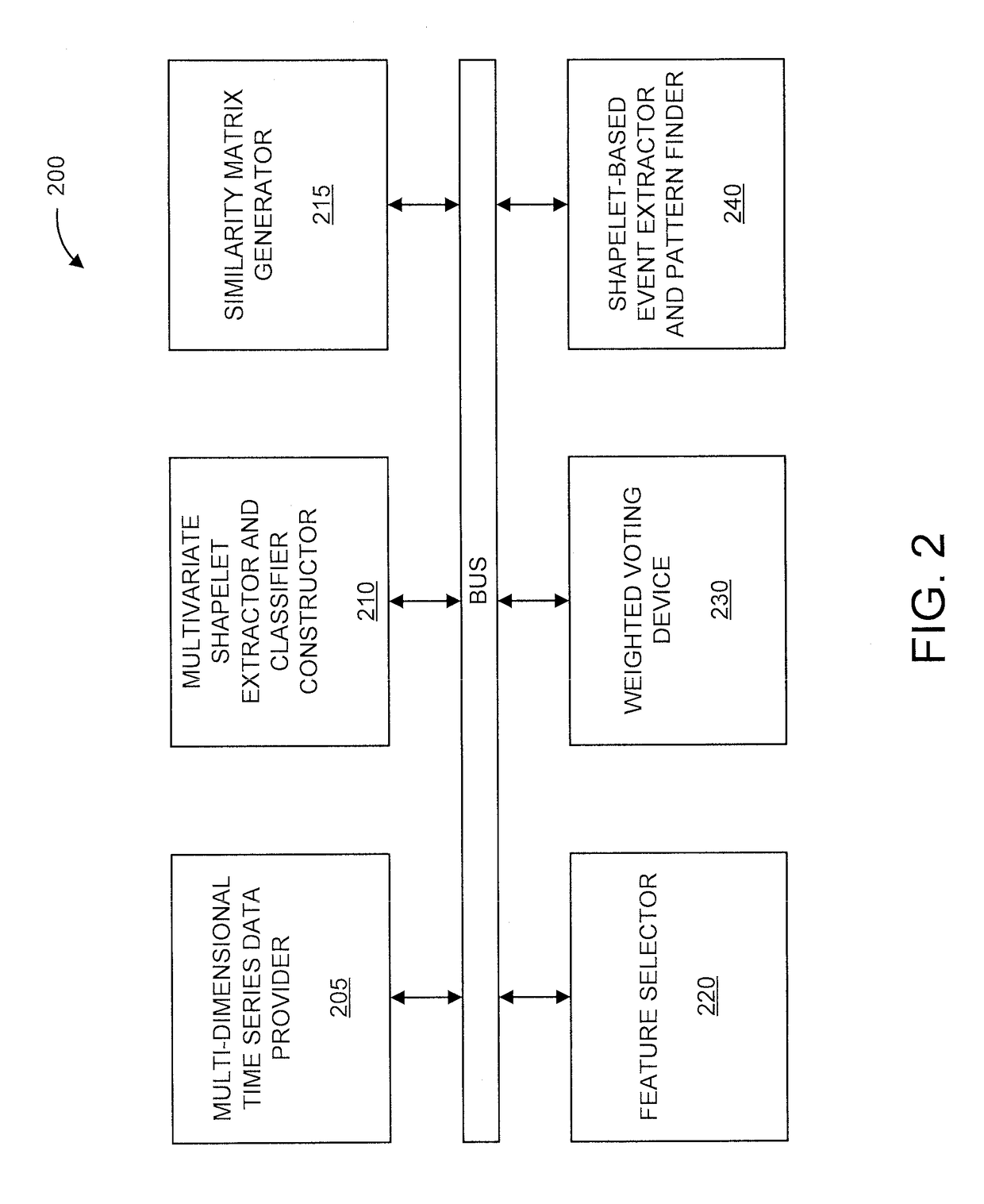Extracting interpretable features for classification of multivariate time series from physical systems
a technology of interpretable features and physical systems, applied in the field of data processing, can solve problems such as only working approaches
- Summary
- Abstract
- Description
- Claims
- Application Information
AI Technical Summary
Benefits of technology
Problems solved by technology
Method used
Image
Examples
Embodiment Construction
[0020]The present principles are directed to extracting interpretable features for classification of multivariate time series from physical systems. A time series is a continuous sequence of n real-valued numbers. A multivariate time series, also referred to as a multi-dimensional time series, is a set of m time series. A respective dimension in the multi-dimensional time series is a respective one of the time series. A shapelet is a subsequence of a time series that corresponds to a particular shape. The present principles are applicable to shapelets having different characteristics such as, for example, different lengths and / or different starting times and / or different ending times.
[0021]We propose a novel solution to three problems related to knowledge extraction from multivariate time series data: (1) classification; (2) signature extraction; and (3) event pattern mining.
[0022]More specifically, the data includes multiple instances with each instance including multivariate time ...
PUM
 Login to View More
Login to View More Abstract
Description
Claims
Application Information
 Login to View More
Login to View More - R&D
- Intellectual Property
- Life Sciences
- Materials
- Tech Scout
- Unparalleled Data Quality
- Higher Quality Content
- 60% Fewer Hallucinations
Browse by: Latest US Patents, China's latest patents, Technical Efficacy Thesaurus, Application Domain, Technology Topic, Popular Technical Reports.
© 2025 PatSnap. All rights reserved.Legal|Privacy policy|Modern Slavery Act Transparency Statement|Sitemap|About US| Contact US: help@patsnap.com



